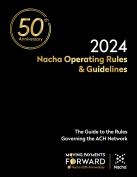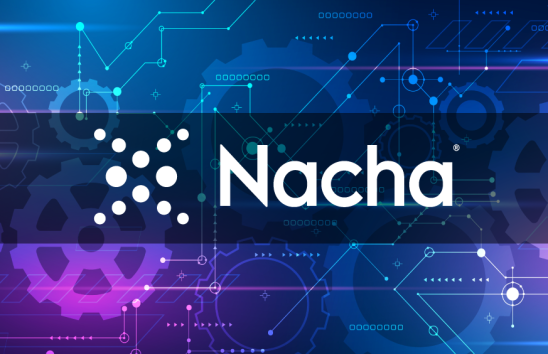Enhanced Customer Service, Cross-Border Payments Among Fed’s Priorities
Author
NASHVILLE, Tennessee—The financial industry looks a lot different than when the Federal Reserve opened for business in 1914, and changes keep coming. That has the Fed rethinking some of the ways it operates.
“Like many of you we’re watching the payments landscape evolve pretty quickly, and we’ve stepped back in the last couple of years and really challenged ourselves to think about how we might do things differently,” said Shonda Clay, Chief of Customer and Industry Engagement at the Federal Reserve Bank of Chicago.
“How can we be more agile in the way we approach our Federal Reserve Financial Services? How could we think about enhancing our customer experience? And we also thought a lot about how could we have an even more integrated payments portfolio over time,” Clay told the May 2 Federal Reserve Town Hall at Smarter Faster Payments 2022.
Among the changes the Fed has underway is merging its payments customer services and support areas to streamline from about 18 points of contact to one group that Clay said is “very focused on our overall payments business from a support perspective.”
Cross-border payments continue to be a focus, and Cheryl Venable, Chief of Payments Operations at the Federal Reserve Bank of Atlanta, said the Fed might broaden its FedGlobal service.
“Today it reaches 33 countries: Mexico, Panama, Canada and 30 European countries. We’re in the process of evaluating expansion into other geographic areas to include Asia-Pacific, South America, and the Indian region,” said Venable.
Susan Foley, Senior Associate Director, Program Direction, at the Board of Governors of the Federal Reserve System, said cross-border payments present myriad challenges, which the G-20 nations wants addressed.
“We’ve been involved from the very beginning, working through the Committee on Payments and Market Infrastructures and the Financial Stability Board, which are both international organizations,” said Foley. The focus was narrowed to “19 building blocks that cover things like access, liquidity issues, data capabilities,” 16 of which have issued initial reports.
“Now we’re in the stage of looking at whether we can develop tools in a toolkit. Every jurisdiction is different, so it’s not a one size fits all, but are there certain things we can look to as a best practice framework, other things that local jurisdictions can do to help make improvements across these 19 building blocks,” said Foley.
The town hall also offered an update on FedNow, the Federal Reserve’s faster payments offering. Nick Stanescu, Senior Vice President and FedNow Business Executive, at the Federal Reserve Bank of New York, said onboarding of pilot participants began in April and some “are already connected and have been sending test messages over a pilot version of FedNow.” He said the service remains on track for a 2023 launch.








